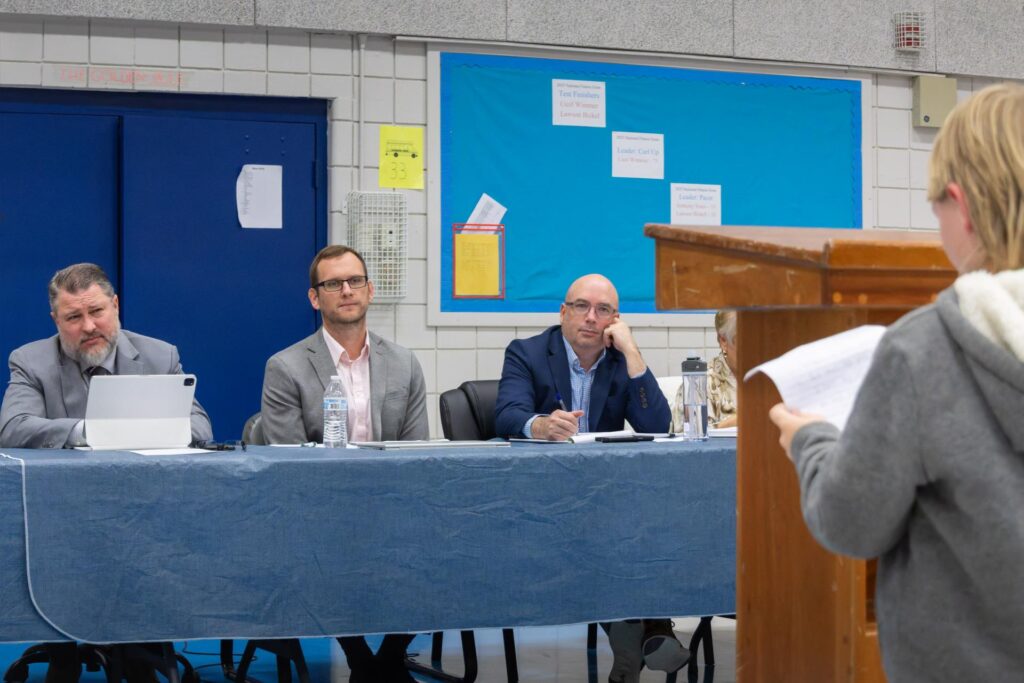MORGANTOWN — Antibiotic resistance is not exclusively a health issue.
It’s a national security threat, as the Department of Defense has tapped a team of West Virginia University scientists to help exterminate the enemy – infectious biological agents.
With the aid of $1.4 million-grant from the DOD’s Defense Threat Reduction Agency, researchers, led by Mariette Barbier of the WVU School of Medicine, will aim to develop small molecule and antibody therapeutics to treat infections prone to antibiotic resistance.
Nearly three million people in the United States get an antibiotic-resistant infection each year. Of those, more than 35,000 die, according to the Centers for Disease Control and Prevention. This happens when bacteria and fungi thrive because they’re too powerful for the drugs designed to kill them. By 2050, experts have predicted that more people might die from these antibiotic-resistant infections than by cancer – that is unless research like Barbier’s is successful.
Barbier said her project is twofold: 1) It prepares the DOD for bioterrorism risks. 2) It presents potential solutions to the ever-growing public health challenge of antibiotic resistance.
“One of the missions of the DOD is preparedness against biological threats,” said Barbier, assistant professor in the Department of Microbiology, Immunology and Cell Biology. “Some bacteria are potential bioterror agents, but there are also bacteria within those same families that are responsible for causing hospital-acquired infections. By focusing on these species of bacteria, we’re casting a broad net to address potential biological threats as well as infections that afflict everyday patients.”
Barbier’s team will employ a “search and destroy approach” by combining antibodies with antimicrobials. Antibodies are blood proteins that seek out and bind to specific antigens on pathogens. Combining them with antimicrobial molecules can create a therapeutic potent enough that, Barbier believes, can effectively treat those stubborn infections.
Joining her are Slawomir Lukomski, associate professor, and Alexander Horspool, postdoctoral fellow and the scientist in charge of antibody discoveries within the WVU Vaccine Development Center. In addition, the team will collaborate with researchers from the Massachusetts Institute of Technology and University of Maryland on this project.
One specific species targeted by the team includes Burkholderia, a rod-shaped bacterium considered a potential biological warfare agent that could target livestock and humans. The team will also target the bacterium Pseudomonas aeruginosa, which causes a form of pneumonia known to affect cystic fibrosis patients. Many types of bacteria, such as these, do not have preventative measures such as vaccines.
“The types of infections caused by these organisms are really broad,” Barbier said. “You’ve got respiratory infections, skin infections, bladder infections, and you’ve got all sorts of infections resulting from surgical procedures.”
One reason antibiotics have a hard time conquering bacteria is due to their evolving versatility. Bacteria can adapt to new and changing environments. If one Pseudomonas aeruginosa cell, for example, survives a flurry of antibiotics, it can multiply into even more cells that are impervious to traditional treatment.
“With this project, we’re hoping to develop new ways to fight these infections or even prevent them to start with,” Barbier said. “What we’ve realized is how powerful our own immune systems and antibodies can be. So what we propose here is to harness that aspect of our immune system and use it for treatment.”
An added element to the project will be the utilization of artificial intelligence and machine learning techniques that will be developed at the MIT Computer Science and Artificial Intelligence Lab. Lukomski, who has identified novel antigens against Burkholderia, will screen molecules with potential antimicrobial properties in his lab before taking the data to feed into a computer system.
“Using artificial intelligence and machine learning will allow us to make reiterative calculations in order to predict whether compounds could have potential therapeutic effects,” he said.
Rather than spending days and possibly months in a lab screening compounds – which are expensive to make and difficult to obtain – scientists can screen billions of molecules in a few hours using a super computer, Barbier added.
“We’re not just addressing current problems,” she said. “We’re also looking at the future in terms of making predictions as to what treatment could be efficacious to help us fight the next bacterial pandemic.”
The project stems from June 2019, when Barbier joined members of the WVU VDC at the BIO International Convention – the world’s largest global biotech partnering event. At this conference, Barbier and the VDC met with representatives from DTRA. In November 2019, representatives from DTRA visited WVU to meet with members of the WVU Health Sciences Center and Corporate Relations Team, where the idea for this project came to life.
As a result of the visit, Barbier was able to connect with collaborators from the University of Maryland and MIT. The three universities will work together to accomplish the goals of this grant.














